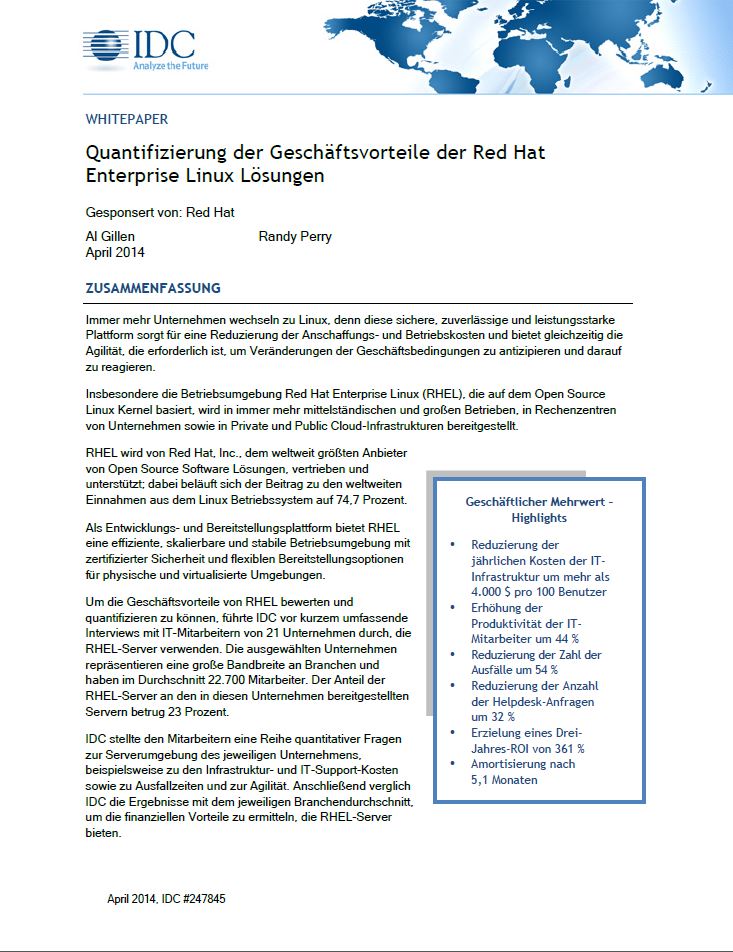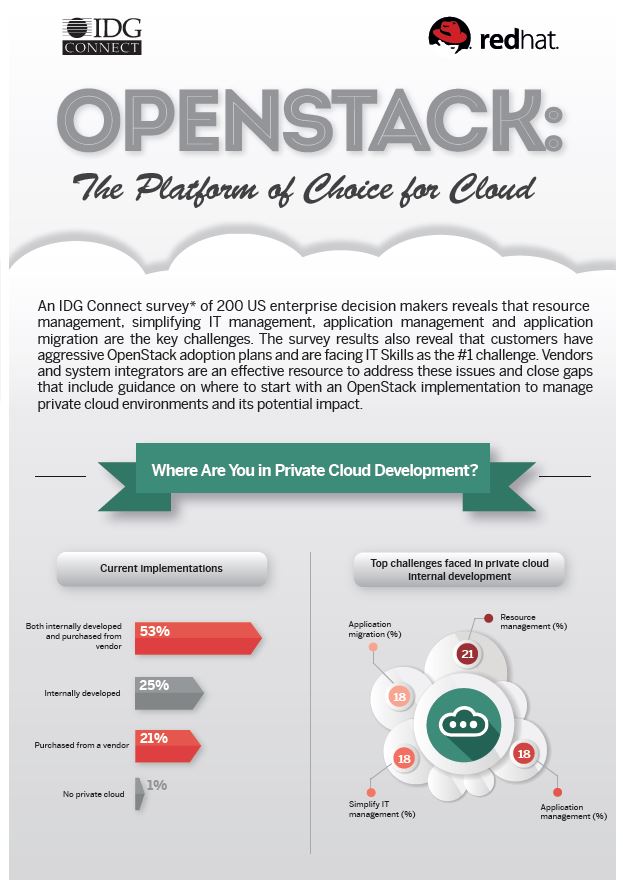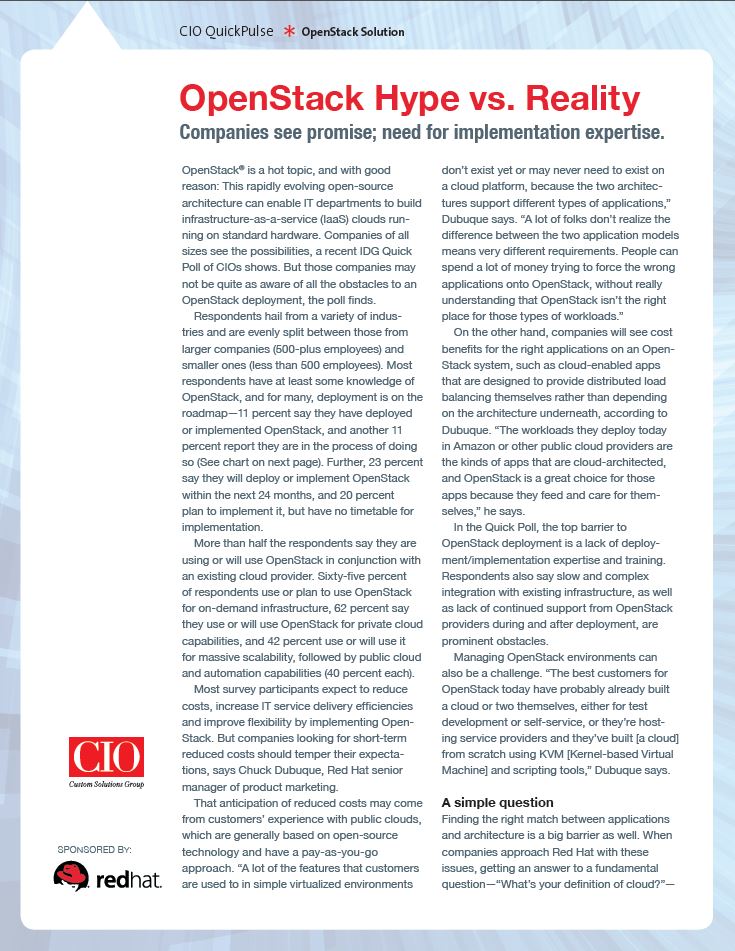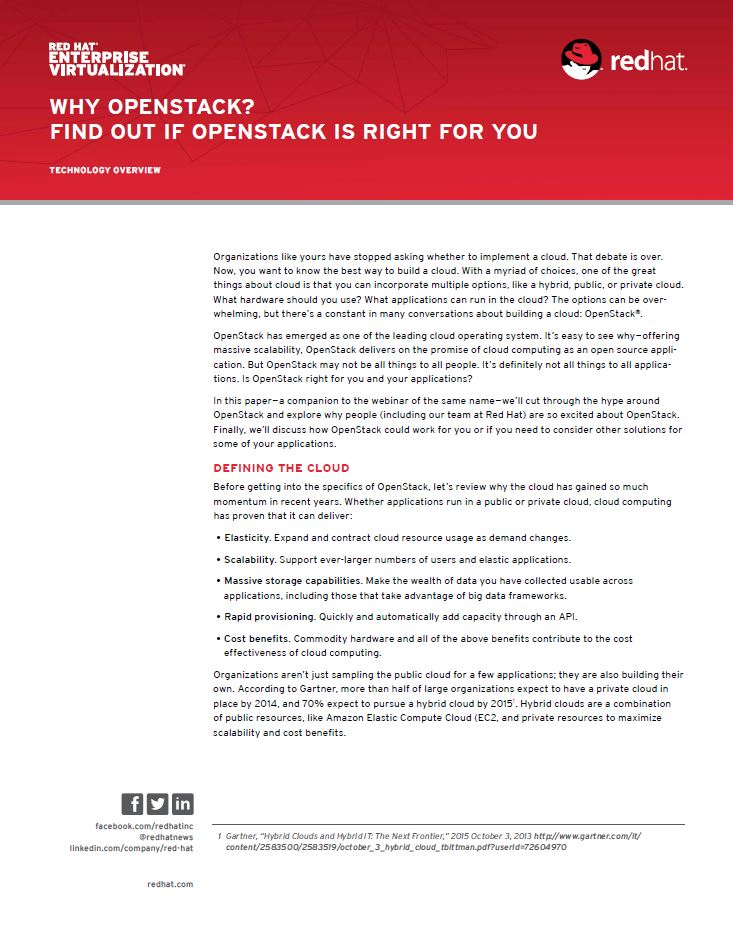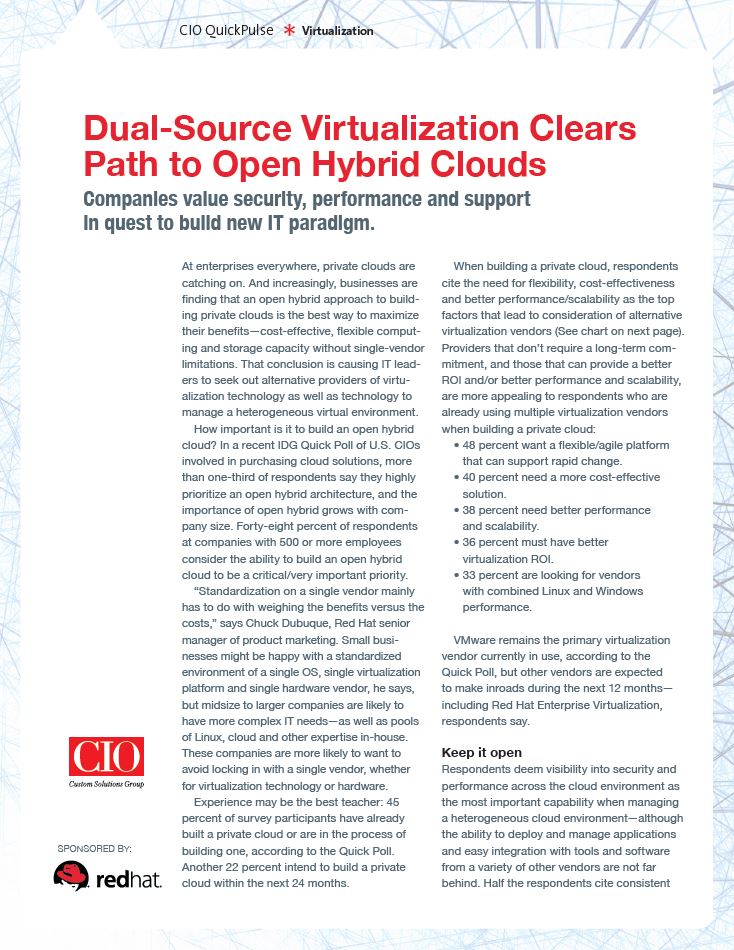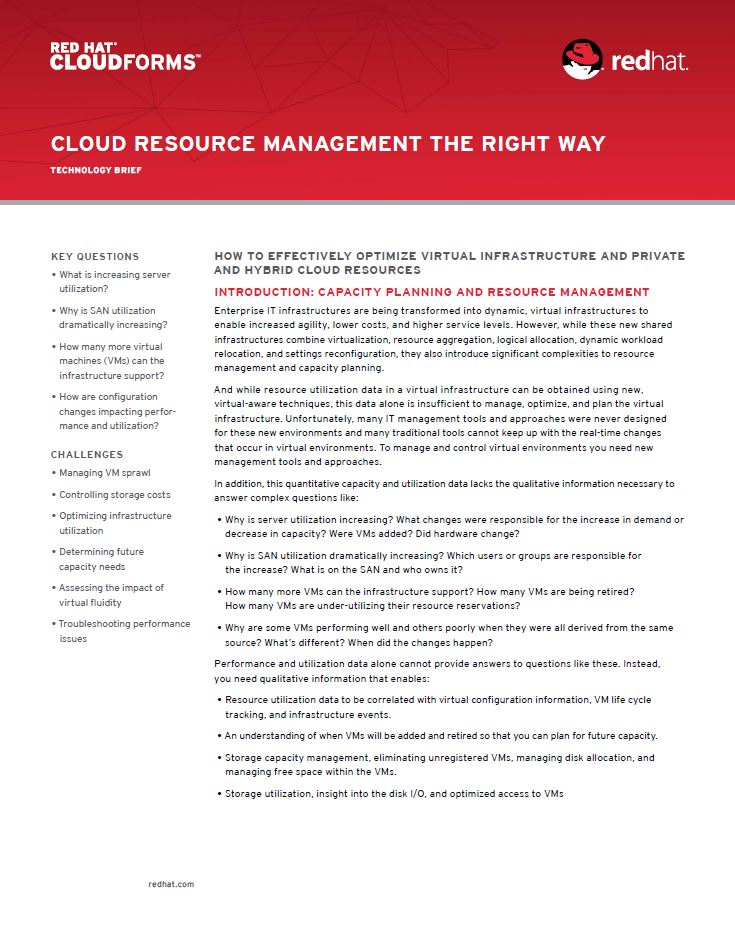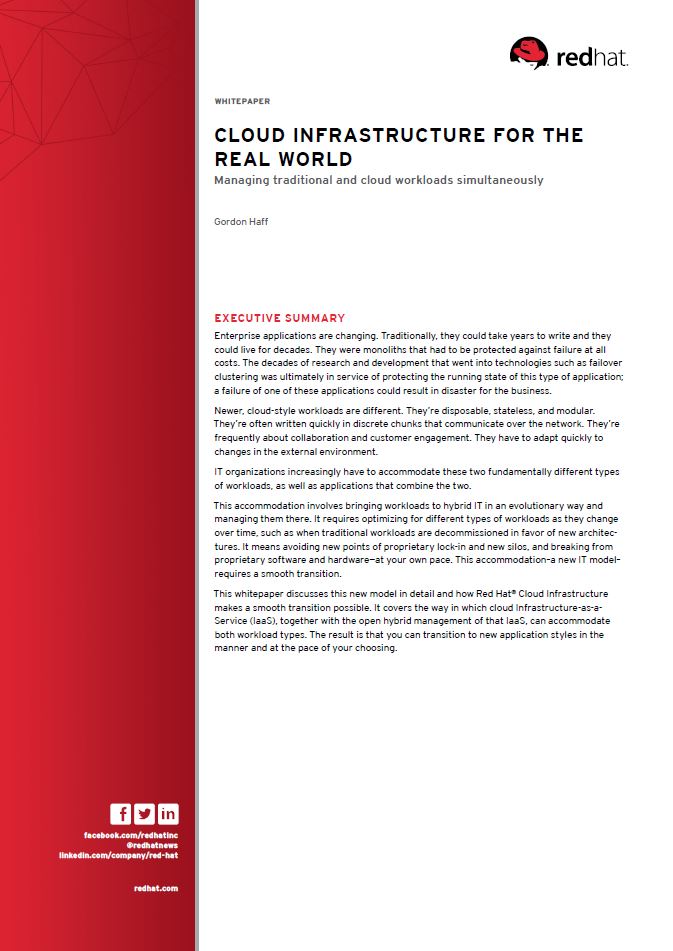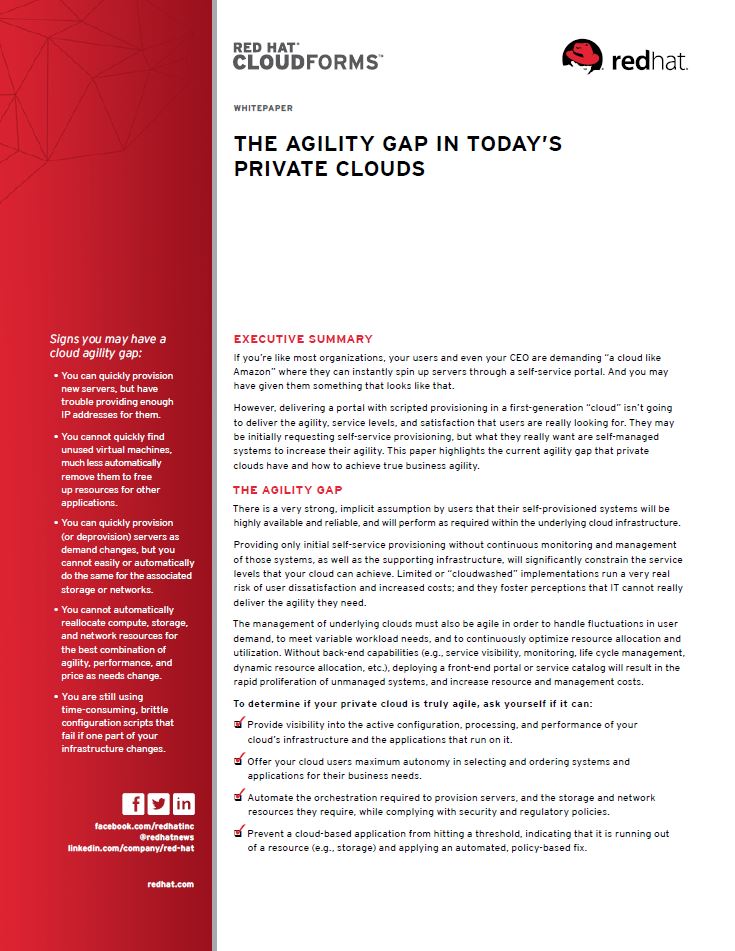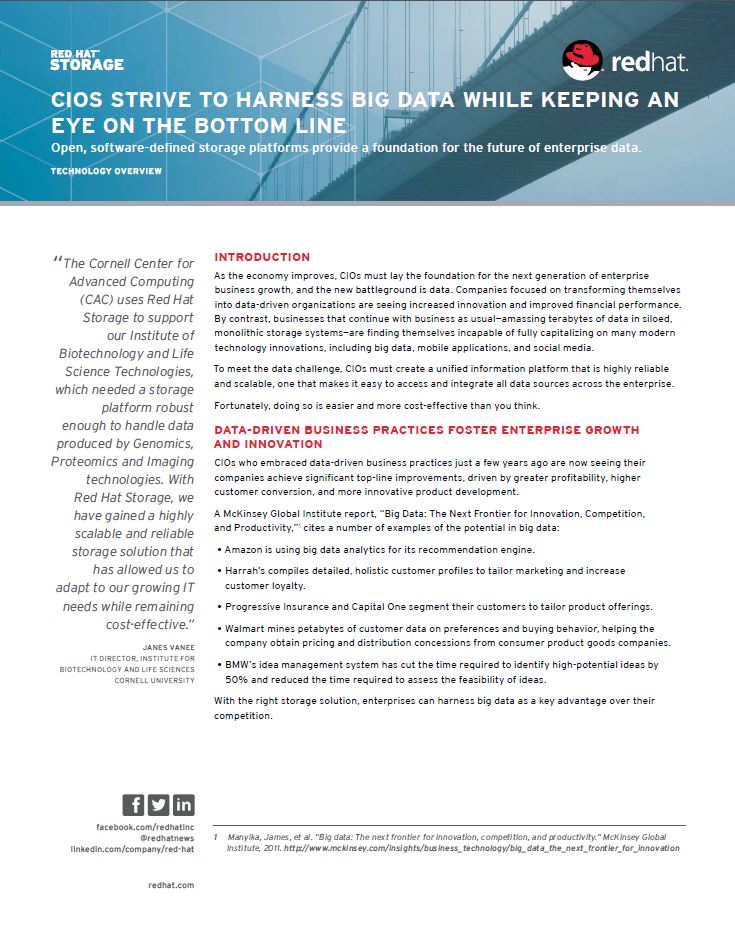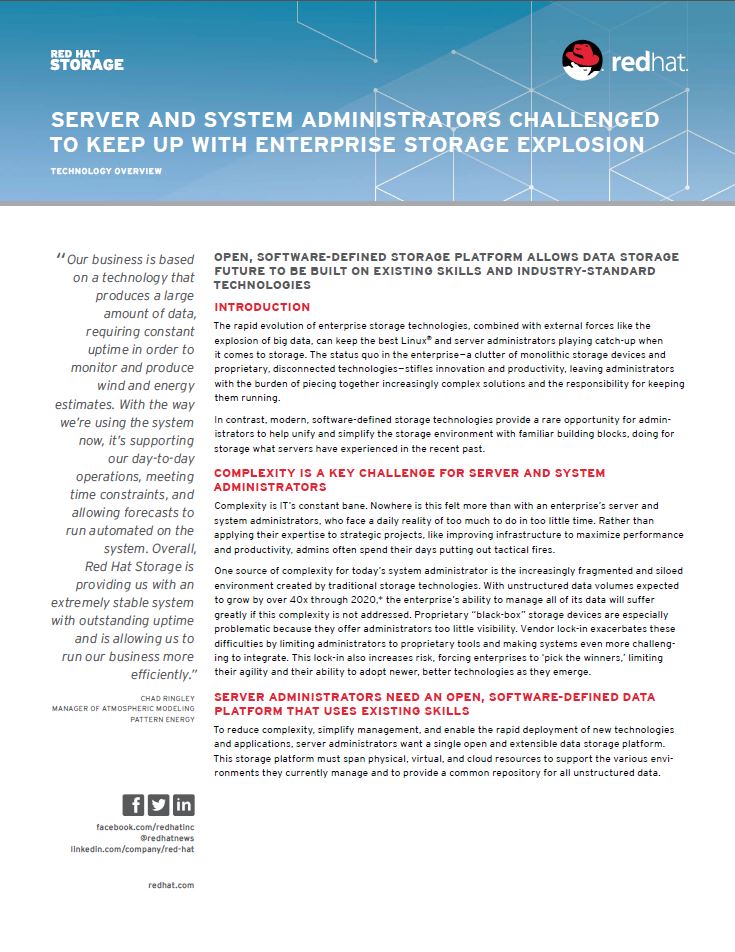Quantifizierung der Geschäftsvorteile der Red Hat Enterprise Linux Lösungen
Immer mehr Unternehmen wechseln zu Linux, denn diese sichere, zuverlässige und leistungsstarke Plattform sorgt für eine Reduzierung der Anschaffungs- und Betriebskosten und bietet gleichzeitig die Agilität, die erforderlich ist, um Veränderungen der Geschäftsbedingungen zu antizipieren und darauf zu reagieren. Insbesondere die Betriebsumgebung Red Hat Enterprise Linux (RHEL), die auf dem Open Source Linux Kernel basiert,
